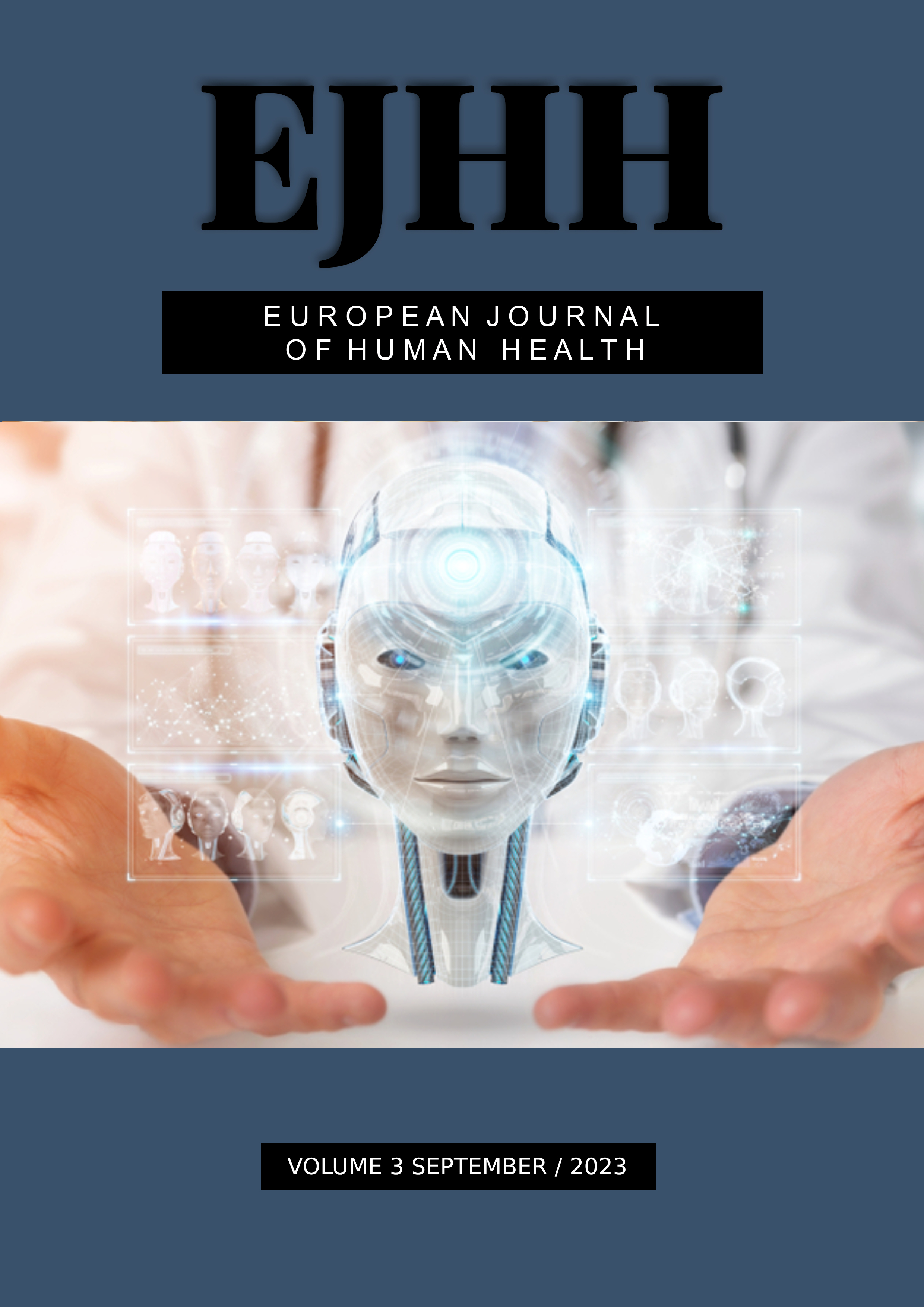Author :
Abstract
Keywords
Abstract
Objective: This study aimed to ascertain predictive indicators for the occurrence of impacted ureteral calculi in pediatric patients.
Methods: A retrospective investigation of 68 pediatric cases that underwent ureteroscopy (URS) for ureteral calculi between March 2012 and July 2022 was undertaken. Within this cohort, 19 patients were diagnosed with impacted calculi. Non-contrast thin-section abdominal computed tomography (NCCT) scans were utilized to assess stone dimensions, density, the incidence of hydronephrosis, and calculi positioning. The cohort was segregated into two groups: Group 1, comprising patients with impacted stones, and Group 2, those without. A statistical evaluation was performed to identify the significant predictors of calculi impaction.
Results: In the impacted stone cohort, a higher mean calculi diameter was noted (p=0.053). A higher incidence of calculi impaction was observed in the proximal ureter, and a positive correlation was found between the severity of hydronephrosis and the detection of impacted calculi. For proximal ureteral stones, a diameter exceeding 8.5mm demonstrated increased propensity for impaction. Logistic regression analysis revealed that the occurrence of calculi in the proximal ureter was associated with a 3.195-fold increased risk of impaction compared to the distal ureter, while severe hydronephrosis corresponded with a 39-fold elevated likelihood of calculi impaction compared to low-grade or absent hydronephrosis.
Conclusion: In pediatric patients with proximal ureteral stones, severe hydronephrosis and stone diameters surpassing 8.5mm were indicative of calculi impaction, thereby advocating endoscopic stone surgery as the primary therapeutic intervention.





